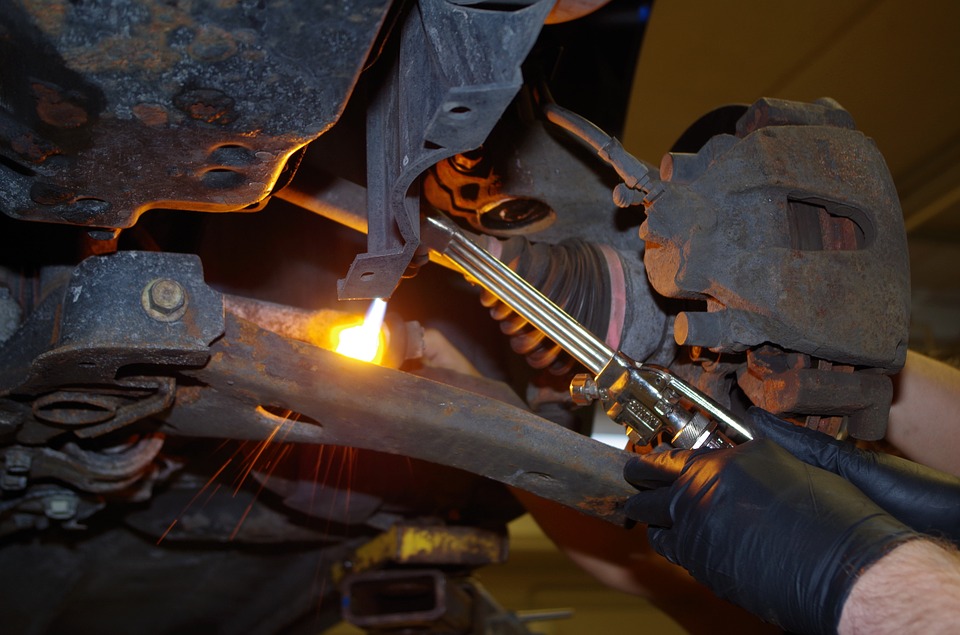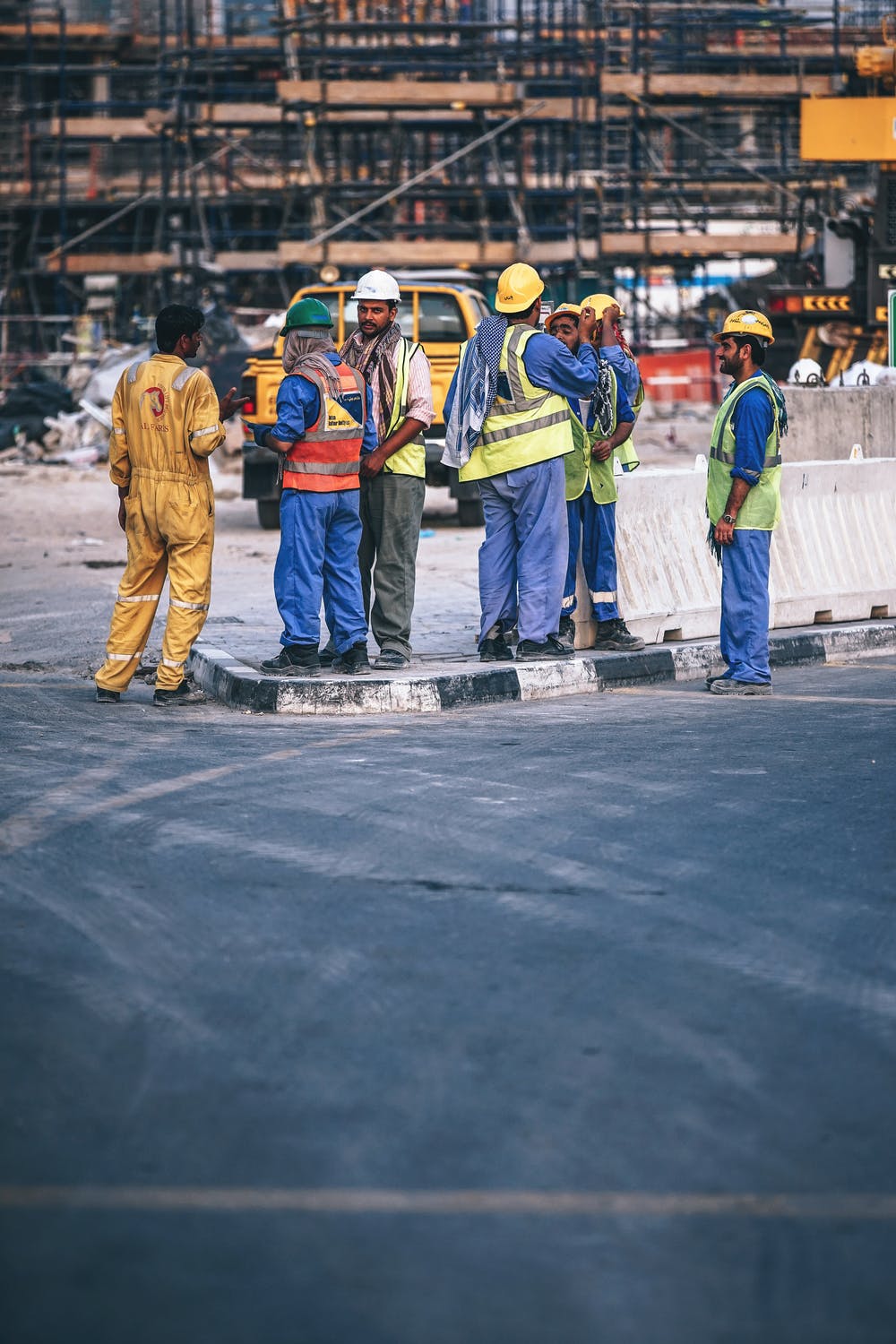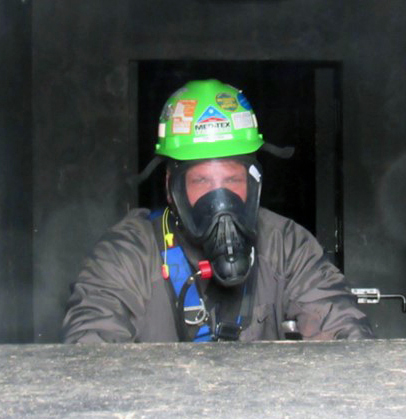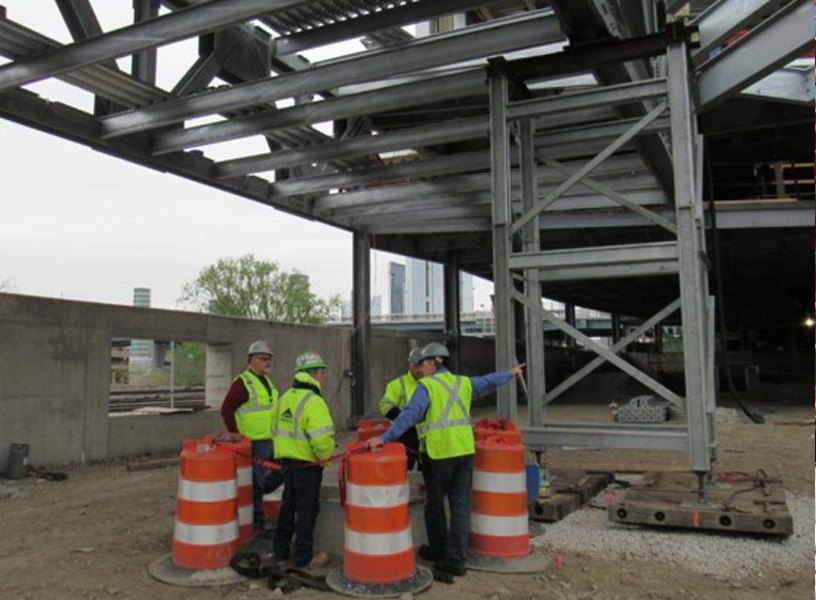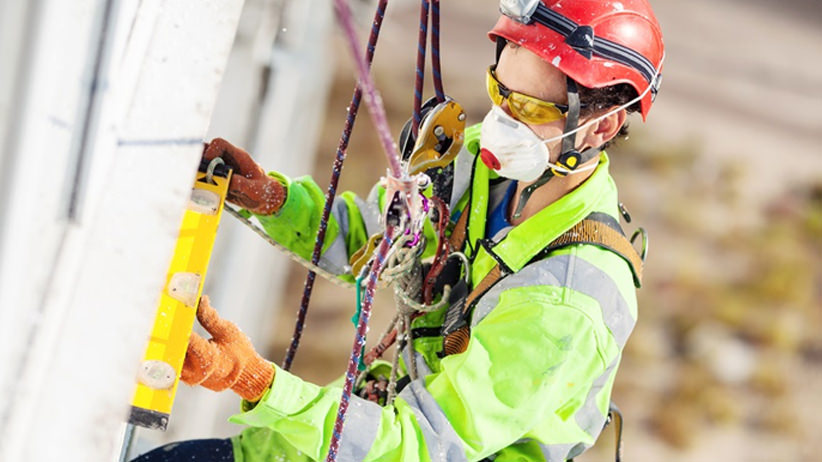Hot Work Permit
Being safe on the job is the most important aspect of work if you are operating under hazardous conditions. Neither you or any of your coworkers deserve to be hurt due to negligence or improper planning. Not only are permits and documentation important to ensure that potential risk exposures are accounted for, knowing the intended purpose of hot work permits is equally as important. Hot work permits are intended to assess fire risks related to hot work on a job site. After the risks are accounted for, it is up to you to take appropriate action to mitigate any possible risks and to document them properly. Understanding how to properly mitigate risk is just as important as having the permit in place. Discussing the importance of hot work permits with your workers is vital if you wish to operate a safe business.
What is Hot Work?
‘Hot Work’ can include torch cutting, thermal spraying, thermite welding, thawing pipes, brazing and grinding. Hot work can generate excessive amounts of heat, hot slag and sparks that can ignite combustible and flammable materials that are not properly protected. There are many environmental factors that can cause hazards as well. From crawl spaces, wall assemblies, concealed areas and substructure spaces, many variables are at play when hot work is being performed. According to an Iowa State University’s Hot Work Permit Program Manual, the U.S. averages around 13,000 hot work fires, $309 million in property damage and over 31 deaths per year.
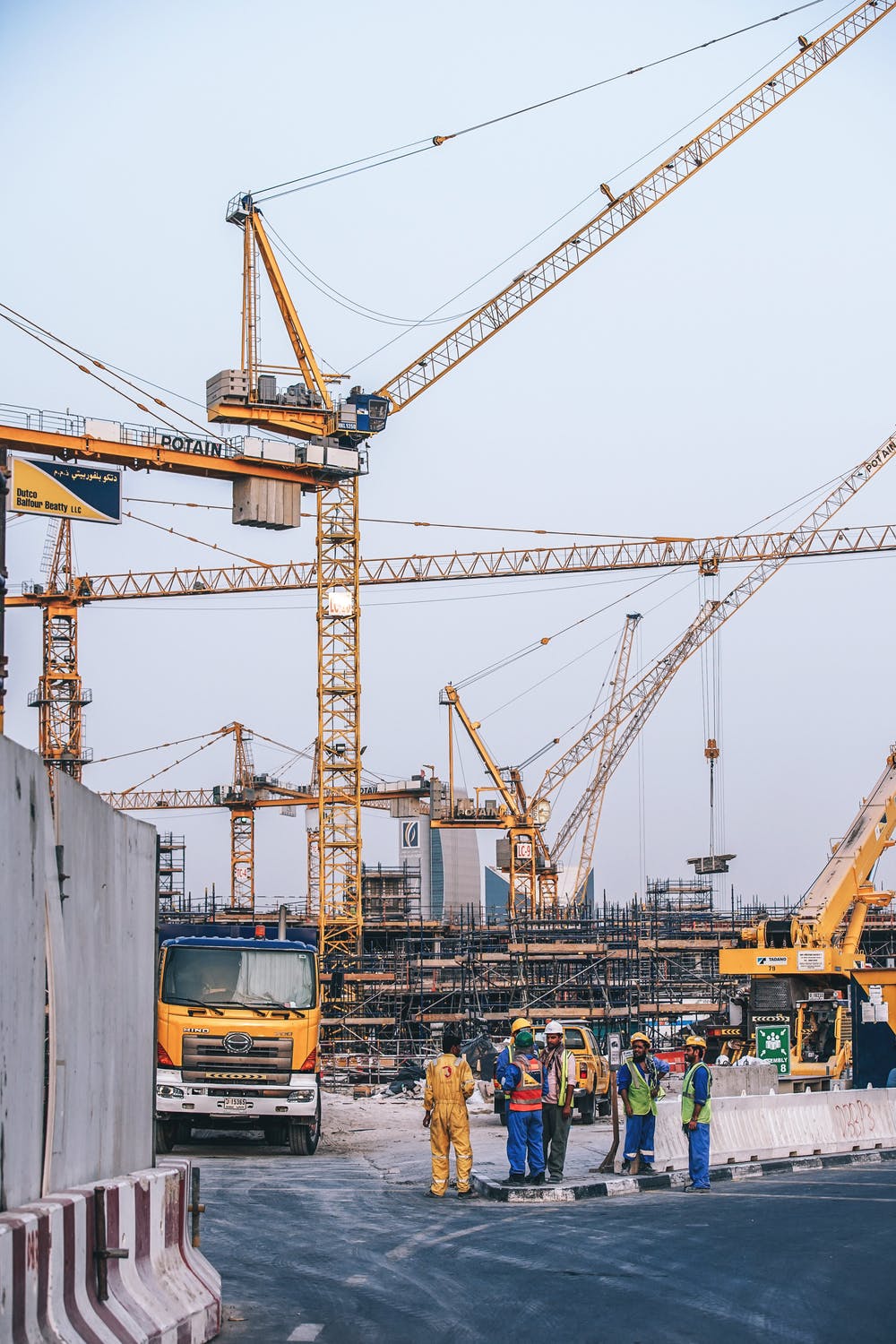 Alternatives to Hot Work
Alternatives to Hot Work
Mitigating or eliminating risk hazards that can result in the harm or death of you and/or your team members should be of the utmost importance. Simplifying the process of permitting and data collection will naturally make it easier to comply with OSHA safety standards. We can simplify your permitting process and provide a consistent, organized source of data that can help you keep track of work permits and the employees that are trained to do the work intended. The U.S. Chemical Safety and Hazard Investigation Board (CSB) makes the following recommendations based on their investigations of hot work fires:
- Proper training: This is incredibly important. Training your employees and documenting their training efficiently will let you know quickly and easily who can do the job and who cannot. There are many job-specific hazards, such as proper use and calibration of combustible gas detectors and safety equipment that need to be performed perfectly.
- Use Permits: This should go without saying. Ensure that your qualified personnel are very familiar with specific job site hazards. Only authorize work after all permits have been written and logged and all necessary precautions have been put in place.
- Monitor the atmosphere: Always use a properly calibrated combustible gas detector prior to and during hot work activities. Even if a flammable atmosphere is not anticipated, effective gas monitoring in the work area saves lives.
- Are there alternatives? Whenever possible, look for the safest option. If you can use a pro-press or a water-jet to complete a job, reconsider your use of excessive hot work.
- Test the area and analyze the hazards: if a work area has previously stored flammable liquids and gases, the surrounding area and equipment must be purged of these substances. If you or a coworker are welding on or in the vicinity of storage tanks, be sure to properly test all surrounding areas. Continuously monitor these areas as the work is being performed. Understanding the scope of the hot work, notifying employees, filling out the required documentation and providing a safe work environment will go a long way in the eyes of your employees and cohorts.
Hot Work Permitting
At SafetySense, we provide OSHA-compliant software that delivers easy-to-use information on your permitting and employees. Building information, descriptions, photos of confined spaces and hot work permits are just a few pieces of information that SafetySense can store. SafetySense provides instant access to a variety of confined space data for multi-facility organization. Just to give you a quick overview, users will have the option of printing and posting the permit from the database prior to the entry. This allows for the end user to comply with the OSHA standard. The Attendant will still have the ability to complete the Attendant worksheet electronically and then upload the document once the permit has been terminated. The hot work procedure/pre-plan is uploaded and stored in the database. The user will access this document in the “Associated Procedures” tab, print and post along with the permit at the point of job site. Lockout / Tagout documents can be uploaded to and printed from the SafetySense Management System Database for quick access by the end user when issuing confined space entry permits or hot work permits. This makes the entire process safer and easier for everyone involved! If you have any questions about hot work permits or our software, call us today!






